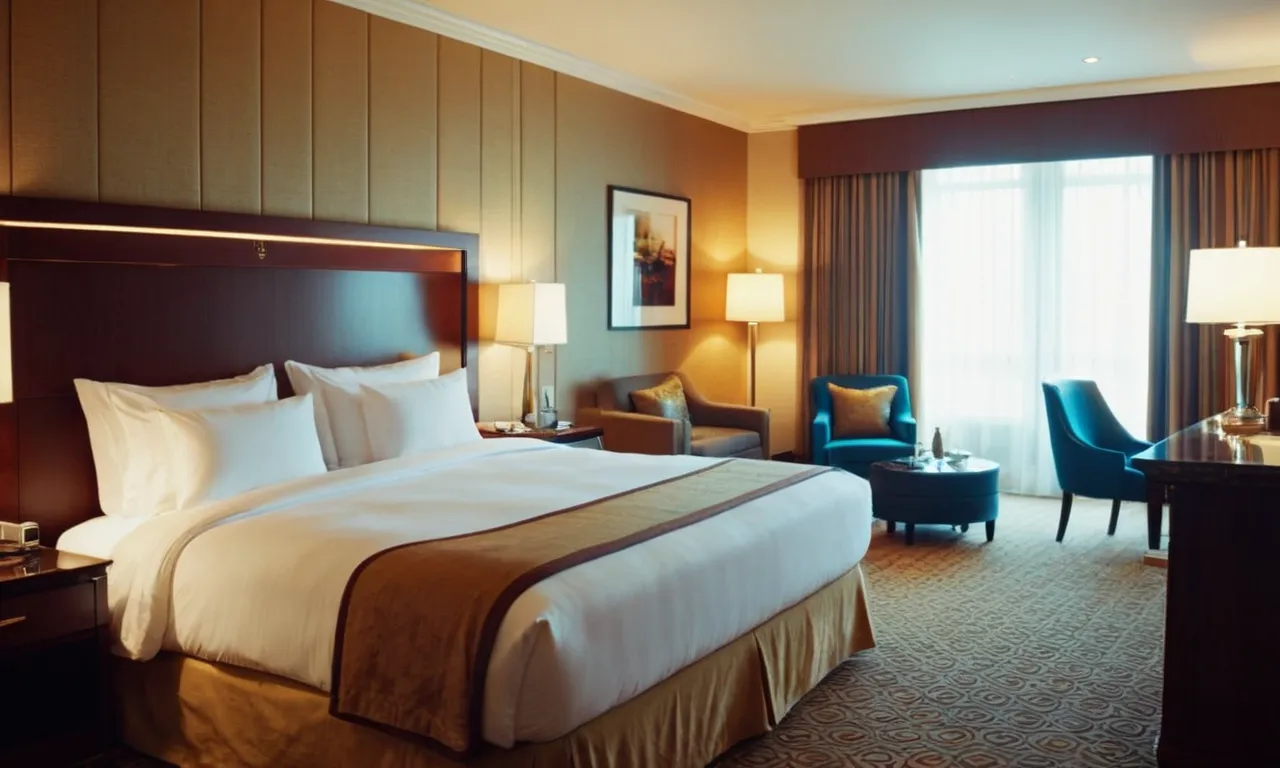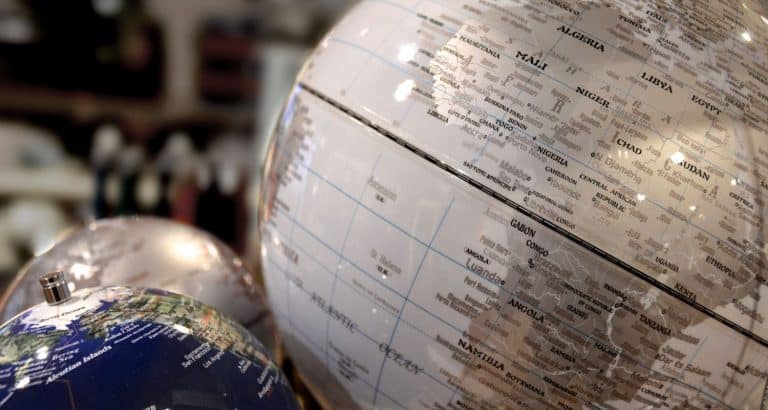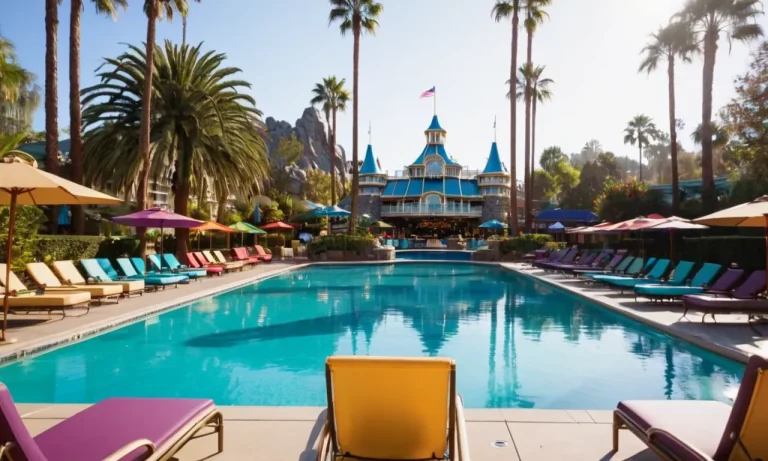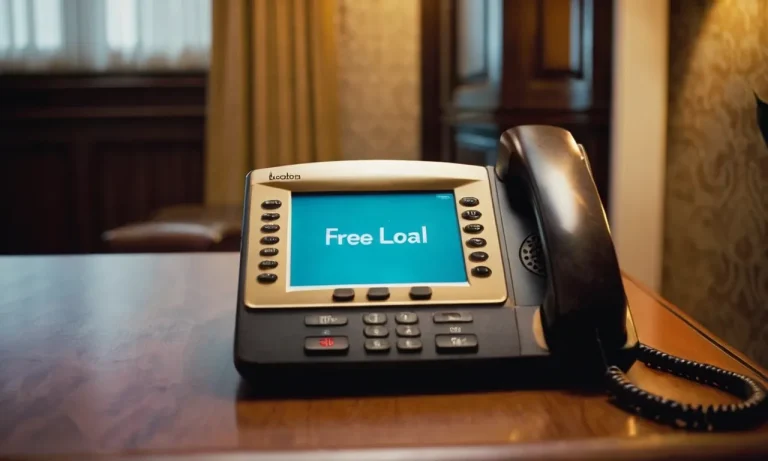Why Are Hotels Suddenly So Expensive? A Comprehensive Guide
If you’ve been planning a vacation or a business trip lately, you might have noticed a significant spike in hotel prices, leaving you scratching your head and wondering, ‘Why are hotels suddenly so expensive?’
If you’re short on time, here’s a quick answer to your question: Hotel prices have skyrocketed due to a combination of factors, including pent-up travel demand, staffing shortages, rising operational costs, and the lingering effects of the COVID-19 pandemic.
In this comprehensive article, we’ll delve into the various reasons behind the sudden surge in hotel rates, exploring the intricate interplay of economic forces, industry trends, and consumer behavior that have reshaped the hospitality landscape.
From supply-demand imbalances to inflationary pressures, we’ll uncover the underlying factors that have made hotel stays a luxury for many travelers.
Pent-up Travel Demand
Unleashed Wanderlust
After being confined to their homes for what felt like an eternity, people are finally unleashing their pent-up wanderlust. The COVID-19 pandemic put a halt to travel plans for millions across the globe, leaving them yearning for new adventures and experiences.
As restrictions ease and vaccination rates rise, the desire to explore the world has reached a fever pitch. Hotels are witnessing a surge in bookings from travelers who have been saving up and eagerly awaiting the chance to hit the road again.
According to a survey by Travel Agent Central, 77% of Americans plan to “revenge travel” in 2022, making up for lost time and splurging on trips they’ve been dreaming about.
Revenge Travel
The concept of “revenge travel” has taken the industry by storm. After enduring lockdowns and travel restrictions, many are seeking to make up for lost time by indulging in luxurious vacations and bucket-list adventures.
This trend has fueled a spike in demand for high-end hotels and resorts, with travelers willing to spend more on lavish accommodations and experiences. According to a report by American Express, 76% of respondents plan to splurge on a “once-in-a-lifetime” vacation in 2022.
Hotels are capitalizing on this trend by offering exclusive packages and amenities, further driving up prices.
Backlog of Postponed Trips
In addition to the unleashed wanderlust and revenge travel, hotels are also grappling with a backlog of postponed trips from the past two years. Many travelers had to reschedule or cancel their plans due to the pandemic, and now they’re eager to rebook those long-awaited getaways.
This pent-up demand, combined with limited availability and staffing shortages, has created a perfect storm for soaring hotel prices. According to Statista, the travel and tourism industry lost over 62 million jobs globally in 2020, leading to staffing challenges as demand rebounds.
😮 Hotels are struggling to keep up, resulting in higher rates to manage the influx of guests.
As the world reopens and travel resumes, the pent-up demand for hotels is skyrocketing. From unleashed wanderlust to revenge travel and a backlog of postponed trips, the industry is facing an unprecedented surge in bookings.
While this is great news for the hospitality sector, it also means that travelers will need to brace themselves for higher prices and plan accordingly. But for those who have been cooped up for too long, the opportunity to explore new horizons is worth every penny. 🌍✈️
Labor Shortages and Rising Operational Costs
One of the primary reasons behind the surge in hotel prices is the ongoing labor shortage across the hospitality industry. The pandemic-induced layoffs and resignations have left many hotels grappling with staffing challenges, making it difficult to provide the level of service guests have come to expect. According to a report by the American Hotel & Lodging Association (AHLA), the hotel industry ended 2022 with nearly 1.5 million job openings, accounting for around 10% of the total job openings in the United States.
Staffing Challenges
- Hotels are facing difficulties in attracting and retaining employees, particularly in housekeeping, front desk, and food and beverage departments.
- This shortage has led to reduced services, longer wait times, and increased workloads for existing staff, impacting the overall guest experience.
- To compensate for the lack of staff, some hotels have resorted to offering higher wages and better benefits, further driving up operational costs.
Increased Wages and Benefits
In an effort to attract and retain talented employees, hotels have been forced to increase wages and offer more attractive benefits packages. According to data from the U.S. Bureau of Labor Statistics, the average hourly wage for hospitality workers rose by 5.3% in 2022, outpacing the overall private sector wage growth of 4.6%. This increase in labor costs has directly impacted room rates, as hotels aim to maintain profitability and offset the higher expenses.
Supply Chain Disruptions
The global supply chain disruptions caused by the pandemic have also contributed to rising operational costs for hotels. From linens and toiletries to food and beverages, the prices of essential goods and services have skyrocketed.
A study by the AHLA found that the cost of essential supplies for hotels increased by an average of 36% in 2022 compared to pre-pandemic levels. These increased costs have forced hotels to either absorb the additional expenses or pass them on to guests in the form of higher room rates.
Despite the challenges, the hospitality industry is gradually recovering, and hotels are implementing innovative strategies to attract and retain employees, streamline operations, and enhance the guest experience.
For instance, some hotels are exploring automation and technology solutions to reduce labor costs, while others are offering flexible schedules and remote work options to appeal to a wider pool of talent.
However, until the labor shortage and supply chain issues are fully resolved, guests can expect hotel prices to remain elevated, reflecting the industry’s efforts to navigate these unprecedented challenges.
Lingering Effects of the COVID-19 Pandemic
The COVID-19 pandemic has had a profound impact on the hospitality industry, and its lingering effects are still being felt, contributing to the sudden surge in hotel prices. The travel restrictions, lockdowns, and economic uncertainties during the pandemic led to a significant decline in hotel occupancy rates, forcing many establishments to temporarily close or operate at reduced capacity.
Reduced Capacity and Occupancy Rates
According to data from STR, a leading hospitality data analytics firm, hotel occupancy rates in the United States dropped to a staggering low of 24.5% in April 2020, compared to 66.9% in 2019. This drastic reduction in occupancy rates forced hotels to increase prices to compensate for lost revenue and cover operational costs.
Even as travel restrictions eased and demand gradually recovered, many hotels continued to operate at reduced capacity to maintain social distancing measures, further exacerbating the price hikes.
Health and Safety Protocols
To ensure the safety of guests and staff, hotels implemented stringent health and safety protocols, such as enhanced cleaning procedures, contactless check-in and check-out, and increased use of personal protective equipment (PPE).
These measures, while necessary, added to the operational costs for hotels, contributing to the rise in prices. According to a survey by the American Hotel & Lodging Association, hotels spent an average of $7.9 billion on COVID-19 safety protocols in 2020 alone. 😮
Changing Consumer Preferences
The pandemic has also led to a shift in consumer preferences, with travelers seeking more spacious accommodations, private amenities, and contactless services. This has driven demand for higher-end hotels, vacation rentals, and resorts that offer more privacy and seclusion.
As a result, these properties have been able to command higher prices, further contributing to the overall increase in hotel costs. A survey by Vrbo revealed that 82% of travelers prioritized private accommodations in 2022, up from 70% in 2019. 📈
While the lingering effects of the COVID-19 pandemic have undoubtedly played a significant role in the sudden surge in hotel prices, other factors such as labor shortages, supply chain disruptions, and increased demand for travel have also contributed to this trend.
As the industry continues to recover and adapt to the “new normal,” it remains to be seen whether these price hikes will be temporary or become a permanent fixture in the hospitality landscape. 🤔
Market Dynamics and Industry Consolidation
Supply and Demand Imbalances
The hotel industry is grappling with a profound supply and demand imbalance, which is one of the primary drivers behind the recent surge in prices. On the demand side, the easing of pandemic restrictions and the pent-up desire for travel have unleashed a tidal wave of bookings, with people eager to make up for lost time and indulge in long-awaited vacations or business trips.
According to data from Statista, the global travel accommodation revenue is expected to reach $711 billion in 2023, a remarkable rebound from the pandemic-induced lows.
On the supply side, however, the industry has been grappling with labor shortages, supply chain disruptions, and the lingering effects of hotel closures during the pandemic. Many properties have struggled to ramp up operations quickly enough to meet the surging demand, resulting in limited room availability and higher prices.
A survey by the American Hotel & Lodging Association found that 97% of hotels reported staffing shortages, with housekeepers, front desk staff, and maintenance workers being among the most challenging positions to fill. 😮
Mergers and Acquisitions
The hotel industry has also witnessed a wave of mergers and acquisitions, leading to increased consolidation and market power for the larger players. These mega-deals, such as Marriott International’s acquisition of Starwood Hotels & Resorts in 2016, have created industry behemoths with extensive portfolios and global reach.
With fewer competitors in the market, these larger chains can exert greater control over pricing and leverage their market dominance to drive rates higher. Can you imagine the sheer size and negotiating power of a combined entity like Marriott and Starwood? 🤯
Pricing Strategies and Revenue Management
Hotels have also become more sophisticated in their pricing strategies and revenue management practices. Leveraging advanced algorithms and data analytics, they can dynamically adjust rates based on real-time demand, occupancy levels, and competitor pricing.
This approach, known as “revenue management,” allows hotels to maximize revenue by charging higher rates during peak periods and offering discounts during slower times.
Moreover, many hotels have embraced ancillary revenue streams, such as resort fees, parking charges, and premium amenities, which can add significant costs to a guest’s stay. According to a study by NBC News, resort fees in the U.S. averaged $35 per night in 2022, a staggering increase from just a few years ago.
Guests are often unaware of these additional charges until they check out, leading to frustration and a sense of being nickel-and-dimed. 😕
Conclusion
The sudden surge in hotel prices is a complex phenomenon driven by a multitude of factors, ranging from pent-up travel demand and labor shortages to the lingering effects of the COVID-19 pandemic and market dynamics.
As the hospitality industry navigates these challenges, travelers may need to adjust their expectations and budgets accordingly.
However, it’s important to remember that hotel prices are subject to fluctuations, and savvy travelers can still find deals by being flexible with their travel dates, exploring alternative accommodations, and taking advantage of loyalty programs and discounts.
By understanding the underlying reasons behind the price hikes, travelers can make informed decisions and plan their trips more effectively.








